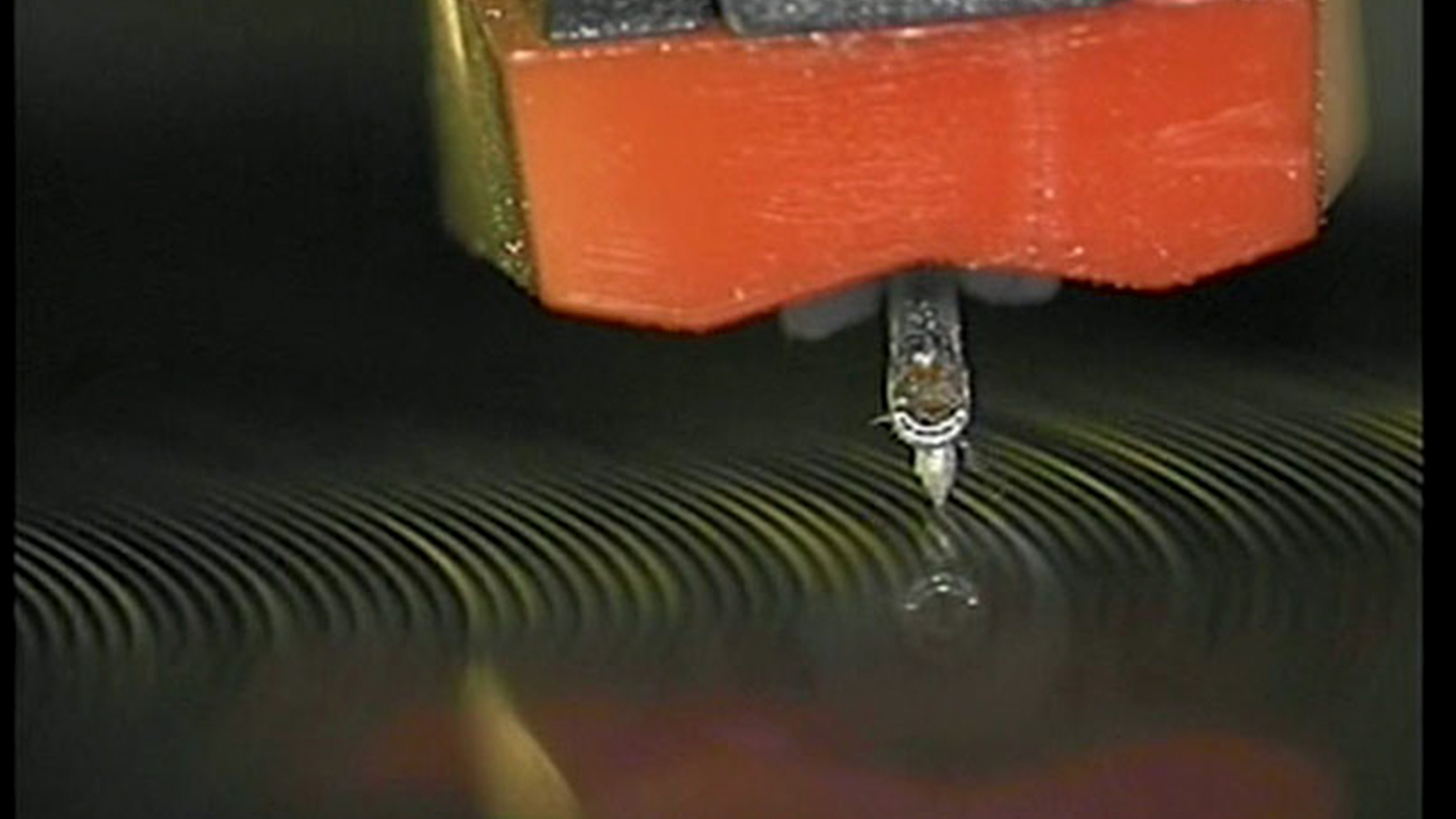
The Sinking of the Titanic (1969-)
Performed by Gavin Bryars, Yuri Bryars, James Woodrow, Roger Heaton
Collaboration with Valéik : Elise Lehec (violist), Lina Luzzi (cellist), Donatien Bachmann (bassoonist), Didier Métrailler (percussionist) and Léa Legros-Pontal (violist).
The piece dates back to the time when Gavin Bryars was teaching at Portsmouth College of Art. Initially, it was just a few indications given on an A4 sheet for a very open performance, without score, as part of a student support exhibition in 1969. Working in an art school, the musician was interested in finding a musical equivalent to conceptual artworks. In 1972, he wrote a more developed interpretative version for a presentation at London's Queen Elizabeth Hall.
In 1975, a recording took place for the first of ten records produced for Brian Eno's Obscure Records label, featuring Jesus' Blood Never Failed Me Yet on the B-side. Other recordings followed. Notably by the Gavin Bryars Ensemble, live in 1990 at Printemps de Bourges in a disused Napoleonic-era water tower, and in 2012, during a tour to mark the hundredth anniversary of the shipwreck.
The discovery of the wreck of the Titanic in 1985 led Gavin Bryars to rethink his music, as the room was left open to incorporate any new information on the conditions of the sinking.
The starting point for the piece is the fact that the liner's orchestra played right to the end. The piece was identified from an account by Harold Bride, the junior radio operator, who recounts that the ship was already upright, sinking into the water: "The last time I saw the band, when I was floating in the sea with my lifebuoy, they were still on deck playing Autumn. I can't imagine how they could have done that." Although there are still uncertainties about the Autumn in question, it is a religious composition by François Barthélémon, quite close to the well-known Amazing Grace, that Gavin Bryars has made the main element of his music.
The Sinking of the Titanic was also inspired by Guglielmo Marconi's research into the lifespan of sound, which, at the end of his life, he believed would weaken over time without ever really disappearing. The Italian Nobel Prize winner first tested wireless telegraphy in 1895, in Salvan in the Valais, where a small museum is dedicated to him. The distress calls made by Harold Bride and the other radio operators on the Titanic, thanks to his invention, saved some 700 passengers.






